By Andrea Diss Torrance, invasive insects program coordinator, andrea.disstorrance@wisconsin.gov, 608-516-2223 and Bill McNee, forest health specialist, Oshkosh, Bill.Mcnee@wisconsin.gov, 920-360-0942
Wisconsin has a long history of forestry management, with a state program beginning in 1904 that later expanded in 1949 to include the survey and management of forest pests. The first state forest entomologist, Norbert Underwood, was hired that year. Nearly ten years later, Mr. Underwood was joined by a forest health program coordinator and three additional forest entomologists. The entomologists were based in Spooner, Antigo, Oshkosh and Black River Falls, while the coordinator, and later a pathologist, were stationed at the forest health lab in Fitchburg.
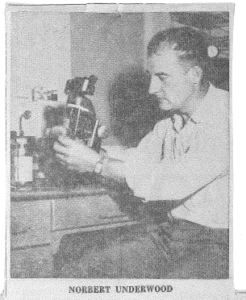
First state forest entomologist, Norbert Underwood, was hired in 1949.
Continue reading “Wisconsin DNR’s Forest Health Program: 71 years of getting the bugs out”

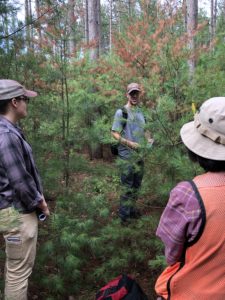
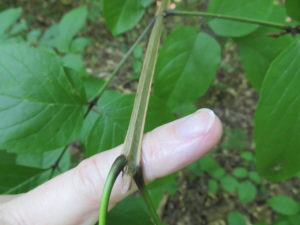
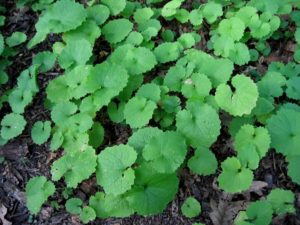
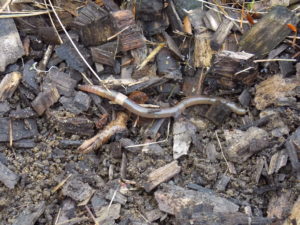
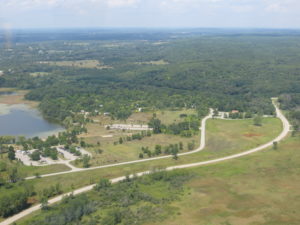
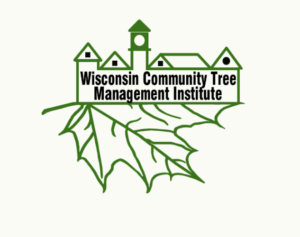 Wisconsin Community Tree Management Institute (CTMI) is a unique training experience designed for municipal staff with tree management responsibilities but without a strong background in urban forestry. The program is ideal for staff who spend just part of their time dealing with trees. Conversely, those with a background in urban forestry but new to management, will also find it useful. CTMI consists of approximately 38 instruction hours and requires students to complete an out-of-classroom project.
Wisconsin Community Tree Management Institute (CTMI) is a unique training experience designed for municipal staff with tree management responsibilities but without a strong background in urban forestry. The program is ideal for staff who spend just part of their time dealing with trees. Conversely, those with a background in urban forestry but new to management, will also find it useful. CTMI consists of approximately 38 instruction hours and requires students to complete an out-of-classroom project. The history of the Wisconsin DNR Urban Forestry program is closely tied to the history of urban forestry in the United States. Although the term ‘urban forestry’ did not come into use until 1965, the concept of an integrated approach to the management of the urban forest ecosystem began to take shape as early as the 1930s. The devastation caused by diseases such Dutch elm disease, phloem necrosis, and oak wilt was a driving force in the development of the field of urban forestry. The term ‘urban forestry’ was first used in 1965 at the University of Toronto to describe a graduate student’s research on the successes and failures of municipal tree planting projects in Toronto. The term was quickly adopted in the United States, where urban forestry had already begun to grow into a national movement. (Source: Mark Johnston, “A Brief History of Urban Forestry in the United States,” Arboricultural Journal 1996, Vol. 20, pp. 257-278.)
The history of the Wisconsin DNR Urban Forestry program is closely tied to the history of urban forestry in the United States. Although the term ‘urban forestry’ did not come into use until 1965, the concept of an integrated approach to the management of the urban forest ecosystem began to take shape as early as the 1930s. The devastation caused by diseases such Dutch elm disease, phloem necrosis, and oak wilt was a driving force in the development of the field of urban forestry. The term ‘urban forestry’ was first used in 1965 at the University of Toronto to describe a graduate student’s research on the successes and failures of municipal tree planting projects in Toronto. The term was quickly adopted in the United States, where urban forestry had already begun to grow into a national movement. (Source: Mark Johnston, “A Brief History of Urban Forestry in the United States,” Arboricultural Journal 1996, Vol. 20, pp. 257-278.)